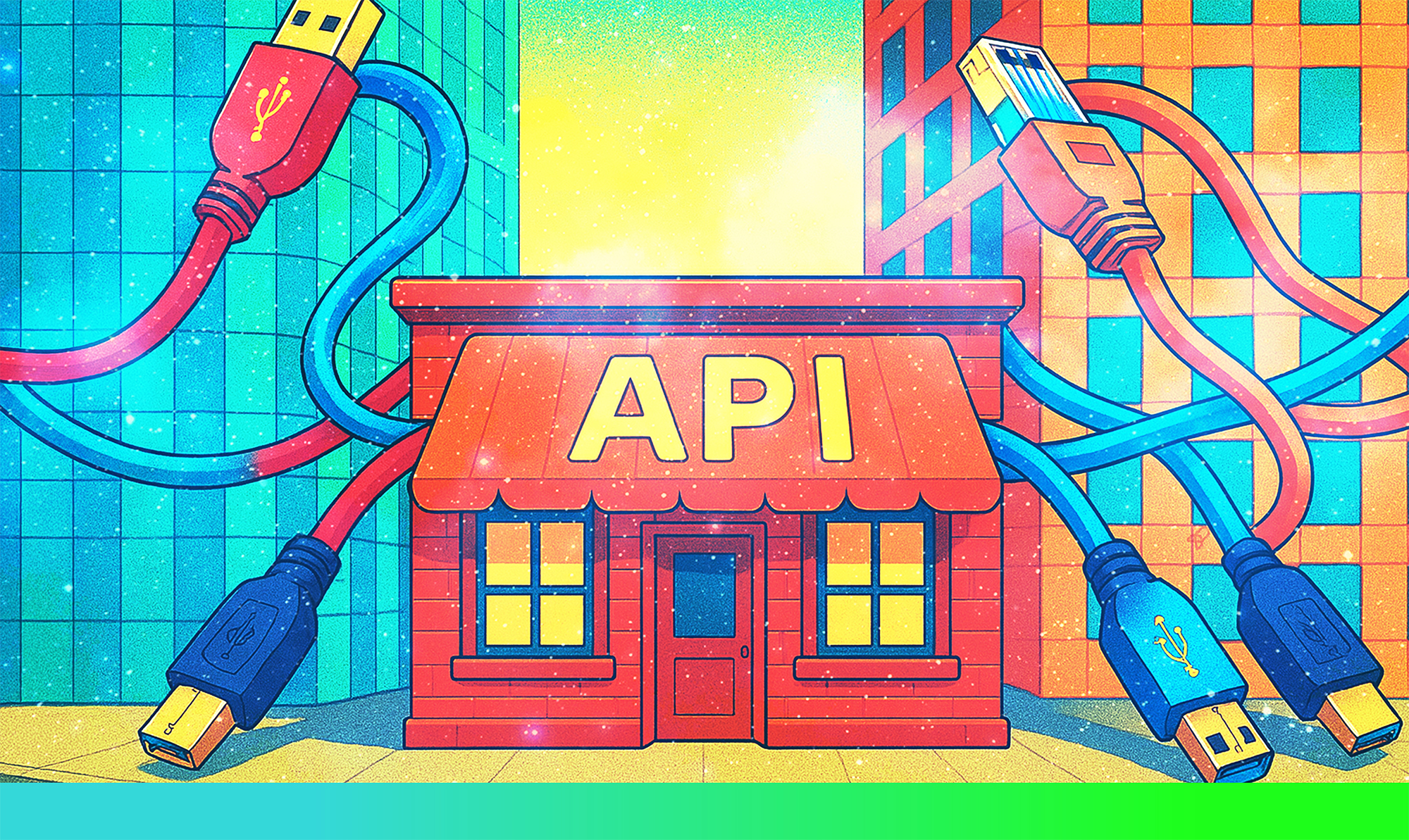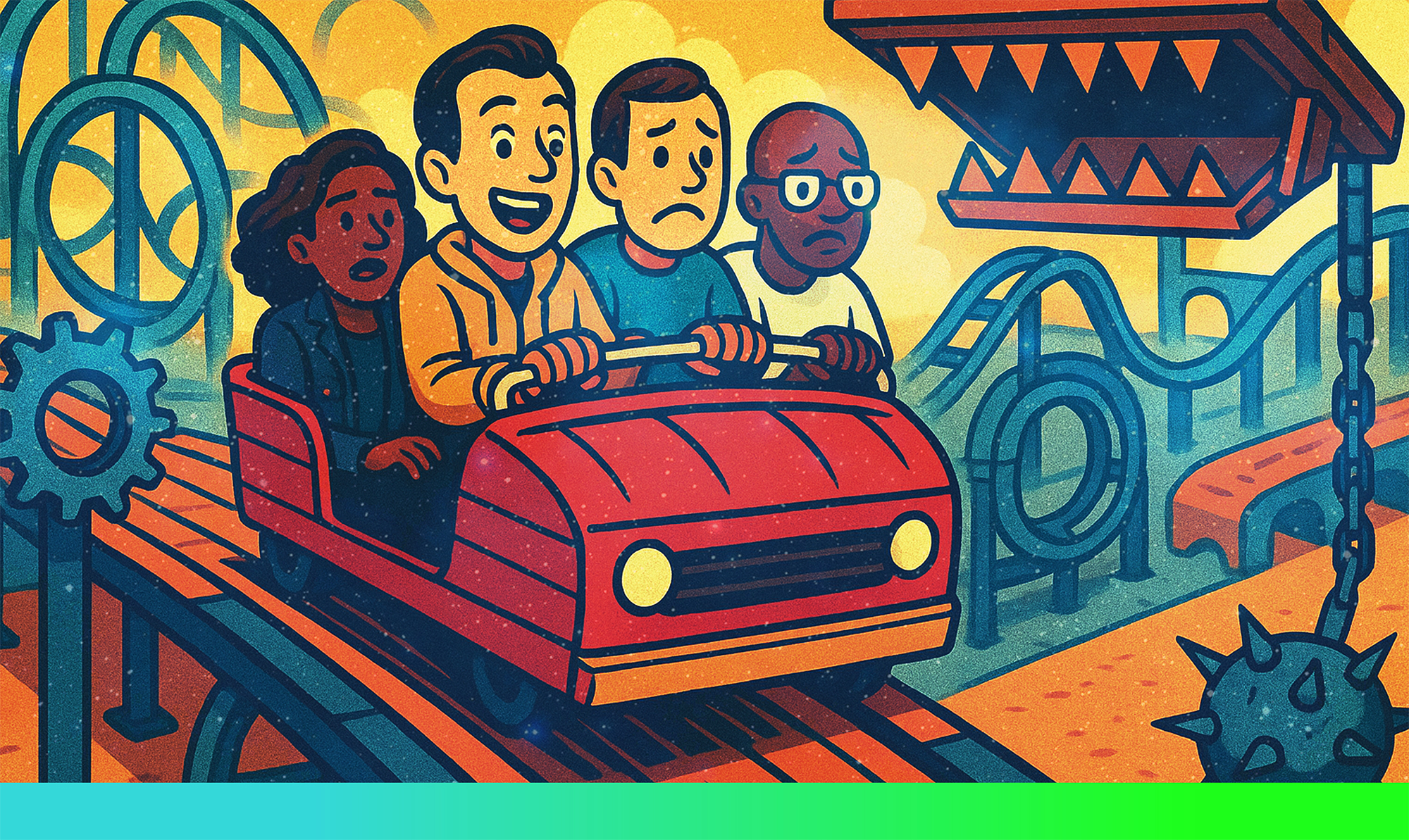
Having a strong API strategy is essential for any SaaS or Web App platform today, and not just from a technical perspective.
In simple words, an API is a way for one piece of software to talk to another, safely and in a structured way—like a translator or middleman.
It directly impacts your product’s growth potential, scalability, integration capability, and market competitiveness.
Here’s why it’s so important to start your own API strategy:
1. APIs Unlock Growth Through Ecosystems
An API-first approach allows your SaaS to connect easily with other tools and services your customers already use (like CRMs, ERPs, marketing automation tools, etc.). This encourages:
- Faster adoption by enterprise clients
- Ecosystem-driven user acquisition
- Possibility of platform partnerships or app marketplaces
According to the 2024 SaaS development guide, API-first design is now a best practice, helping extend your platform’s functionality by integrating seamlessly with other systems.
2. Scalability and Modularity
APIs allow you to modularise your SaaS platform. This means:
- You can develop and deploy new features independently
- You can introduce microservices or serverless functions more efficiently
- You enable teams to work in parallel without stepping on each other’s toes
This is critical for long-term scaling and maintaining agility.
3. Improved Security and Access Control
With a proper API strategy, you can implement:
- Fine-grained access controls for different user roles and services
- Rate limiting and QoS (Quality of Service), protecting against abuse
- Easier audit logging and compliance with regulations like GDPR or HIPAA
The “Road to Value” guide highlights API rate limiting as a key feature for smooth SaaS operations and maintaining service quality.
4. Better Developer & Partner Experience
APIs make it easier for third-party developers or clients’ tech teams to:
- Integrate your solution into their workflows
- Build custom extensions or dashboards
- Increase stickiness and reduce churn
A well-documented and stable API becomes a competitive differentiator, especially in B2B SaaS.
5. API Monetisation Opportunities
If you’re building a data-rich or automation-capable platform, you can monetise APIs separately (e.g., tiered API usage, and premium endpoints). This turns your backend into a standalone product.
Think of your API as the “product behind your product.”
In the current SaaS landscape, it’s no longer just a dev tool—it’s a strategic asset that enables integration, automation, scalability, and long-term revenue streams.




